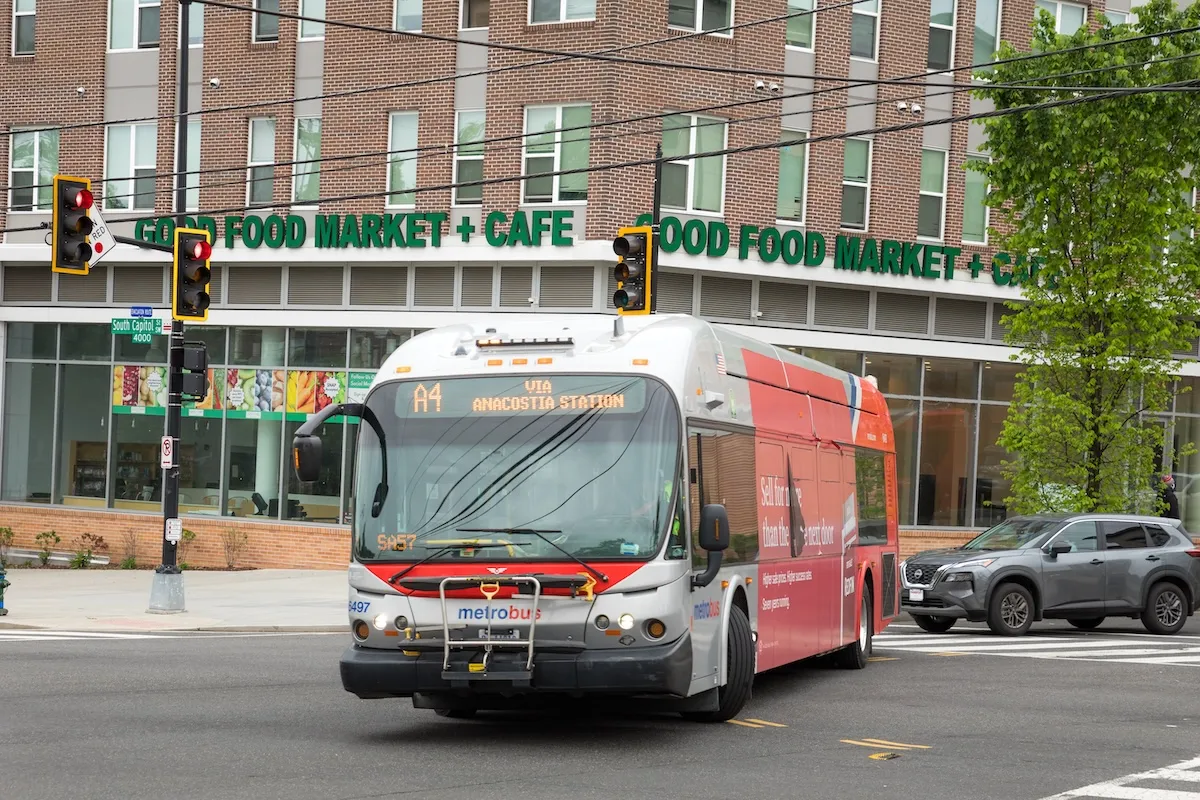WASHINGTON, D.C. – Monday evening’s intense rainstorm dumped several inches of water across the D.C. region in just over an hour, overwhelming local drainage systems and causing flash flooding on major roadways, including the Capital Beltway in both Virginia and Maryland.
Highway officials say the sheer volume and force of the stormwater created dangerous conditions that were difficult to mitigate in real-time. Mud and debris were rapidly swept into drainage pipes, clogging them and backing up water onto roadways.
Drainage Systems Overwhelmed
“Sometimes it’s like holding the ocean back with a broom,” said Charlie Gischler, spokesman for the Maryland State Highway Administration. “We’ve been going out with our vacuum trucks and trying to get as much of that litter and debris cleared from the drainage inlets to make sure we have positive drainage.”
Still, when a sudden summer downpour hits, even the best preparations can be overwhelmed. Crews can proactively clean drains when storms are forecast, but pop-up thunderstorms often leave little time to respond.
Among the most affected areas during Monday’s storm:
-
Inner Loop of the Capital Beltway between Connecticut and Georgia Avenues
-
River Road and the Baltimore-Washington Parkway exit in Maryland
-
Outer Loop near Georgetown Pike in Virginia
-
Sections of the Dulles Toll Road
In each of these locations, flash flooding turned highways into rivers, stranding some drivers and making travel extremely hazardous.
Construction Zones Compound the Problem
Drainage is especially poor in areas with ongoing construction, such as the Beltway near McLean, where storm drains and culverts are still being built. In these zones, concrete barriers block water runoff, creating pockets where stormwater accumulates.
The area near Old Dominion Drive experienced particularly deep flooding. As rain pooled along the concrete walls of the construction zone, some spots saw water levels rise more than half a foot, temporarily shutting down lanes and disrupting traffic.
In Vienna and McLean, rainfall exceeded four inches in just over an hour, quickly inundating storm drains and overwhelming any ability to redirect flow.
George Washington Parkway Also Hit
The George Washington Parkway south of Route 123 also saw flash flooding. In a work zone there, several construction barrels were seen floating away, a stark image of the power of the rushing water.
The National Park Service, which oversees parts of the parkway, said that 90% of the drainage improvements in that area are complete, and conditions have improved compared to last year. However, significant ponding still occurs in spots, especially during record-breaking rainfall events.
A Larger Pattern of Weather and Infrastructure Challenges
Officials note that these flooding problems are not isolated incidents, but part of a broader pattern.
“Extreme rainfall rates have become more frequent in recent years,” said Gischler. “And we’re trying to manage these events with aging infrastructure that was not built to handle this level of intensity.”
When storms deliver multiple inches of rain in under an hour, storm drains can only accept so much water before they’re overwhelmed. And when that happens, roadways become waterways—posing threats not only to traffic but also to emergency response times and public safety.
Moving Forward
While highway agencies continue investing in infrastructure upgrades, including larger culverts and more robust drainage systems, officials stress the importance of driver awareness during and after heavy rainfall events.
Motorists are urged to avoid flooded roads, even if water appears shallow. Just six inches of moving water can knock a person off their feet, and a foot of water can carry away most vehicles.
As climate patterns continue to shift, bringing stronger and more sudden downpours, officials say communities must prepare for more frequent flash flooding, particularly in urban and high-traffic areas like the D.C. Beltway.
For now, highway crews are doing what they can—vacuuming out drains, reinforcing construction zones, and staying ready to respond to the next storm. But as Gischler said, it’s a battle that feels at times like “holding back the ocean with a broom.”
















Leave a Reply